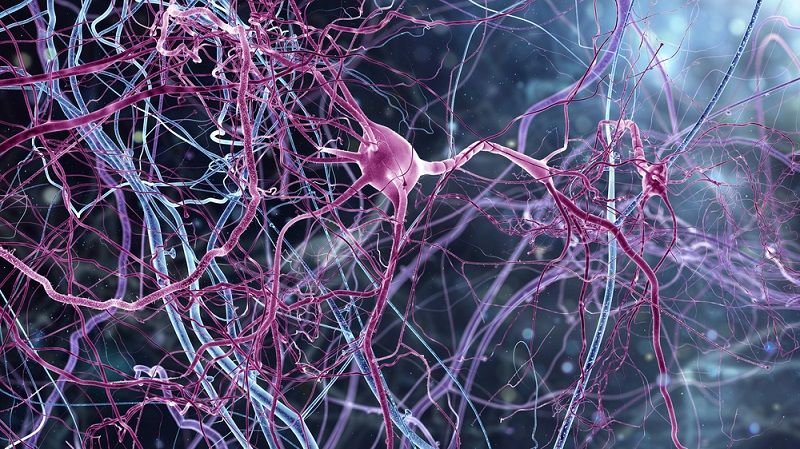Researchers from the University of Tokyo have created the strongest-ever controllable magnetic field, and it could help make nuclear fusion a reality.



Computer scientists at MIT have developed a machine-learning system that can identify objects in an image based on a spoken description of the image.
Typical speech recognition systems like Google Voice and Siri rely on transcriptions of thousands of hours of speech recordings, which are then used to map speech signals to specific words.
Still in its early stages, the MIT system learns words from recorded speech clips and objects in images and then links them. Several hundred different works and objects can be recognized so far, with expectations that future versions can advance to a larger scale.

This question originally appeared on Quora — the place to gain and share knowledge, empowering people to learn from others and better understand the world. You can follow Quora on Twitter, Facebook, and Google+. More questions:



Space is filled with bizarre signals that we scramble to put meaning to — and now, researchers have detected yet another mysterious signal. This one emanated from near a neutron star, and for the first time, it’s infrared.
So, what’s nearby that could have created the weird signal? Scientists have a few ideas.
When a star reaches the end of its life, it typically undergoes a supernova explosion— the star collapses, and if it has enough mass, it will form a black hole. But if the star isn’t massive enough, it will form a neutron star. [Supernova Photos: Great Images of Star Explosions].

Today, we want to draw your attention to a new study that looks at the role of chronic age-related inflammation and the decline of nerve regeneration.
Inflammaging drives age-related loss of tissue regeneration
Inflammation can be beneficial and serves an important purpose: it spurs regeneration and immune responses while combating pathogens and other invaders. This kind of inflammation tends to be short-lived and localized to an area of injury. However, there is another form of inflammation, a chronic, smouldering kind that accompanies aging: this is often called inflammaging.


Water infrastructure in the western United States was funded in the early and mid-20th Century by federal financing through the Bureau of Reclamation, but such financing has declined in recent decades and there has been increased interest in alternative approaches to infrastructure funding. A new Journal of the American Water Resources Association article notes that two of these approaches—public-private partnerships and loan guarantees—are hampered by existing federal budgetary policies, however.
In the article, Dr. Martin Doyle, of Duke University, notes that significant policy changes are needed to allow private capital to play an important role in funding and financing water systems characterized by aging infrastructure.
“Everyone likes the idea of bringing more private capital to aging infrastructure; but no one is able, or willing, to get into the really weedy details of policy changes necessary to make such investments possible,” he said.
